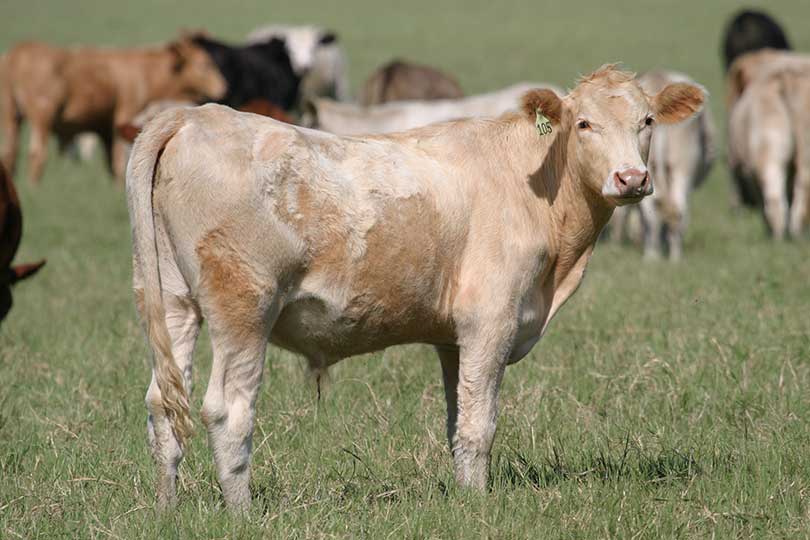Many spring-born calves are being weaned during this time of year. Proper weaning techniques can help improve long term cattle health.
“Improper weaning can result in poor growth, which will affect the animals their entire life,” Dr. Bob Judd, host of Texas Vet News on the Texas Farm Bureau (TFB) Radio Network, said.
If a calf is not weaned properly, it increases the risk of disease, Judd said. But following the three phases of weaning can help prevent the risk of disease. Judd offers tips to help cow-calf ranchers make this process as smooth as possible.
The first phase is separation from the mother. The second is moving to a new environment, and the third is getting them accustomed to a new feed, Judd said.
“Since most calves are raised on grass, getting them eating out of a feed bunk before weaning is important,” he said.
Ranchers can accomplish this by feeding both cows and calves a small amount of a supplement or a weaning ration out of a feed bunk.
“Even though the cows may eat the majority of the supplement, the calves will be exposed to the feed bunk and learn how to eat out of it,” Judd said.
Judd noted that a Kansas State University study showed calves exposed to a feed bunk started eating more feed and eating it quicker than calves never exposed to a feed bunk before weaning.
“One option is to start by adding the hay the calves are familiar with on top of the feed in the bunk and start with a very small amount of the weaning ration,” Judd said.
After a few days, gradually increase the amount of the weaning ration, while keeping the amount of hay the same.
Judd’s program can be heard daily online and on TFB Radio Network affiliate stations.

